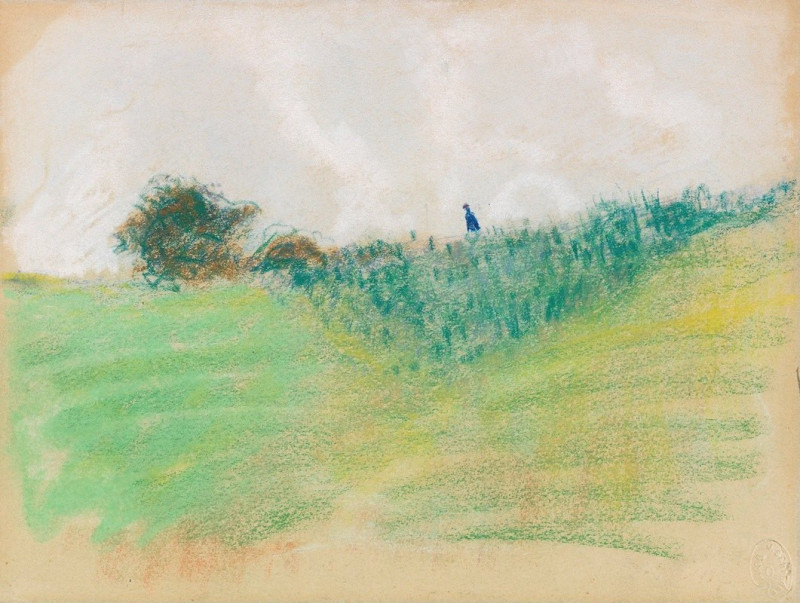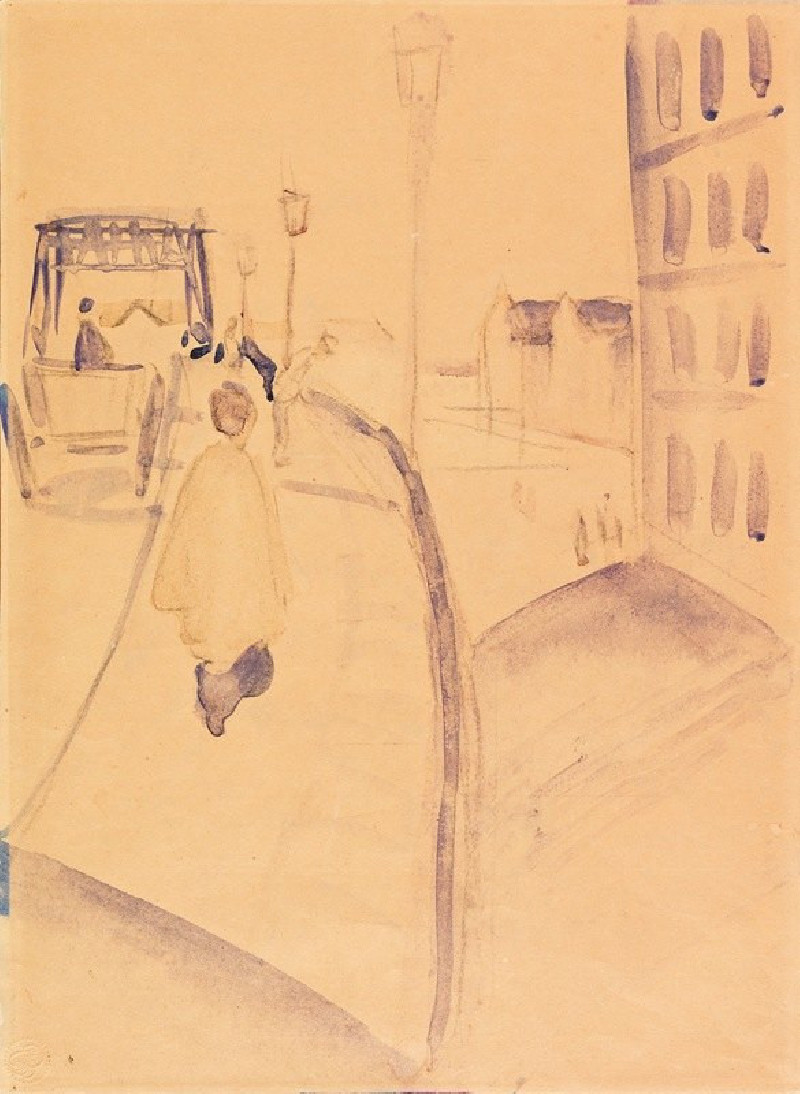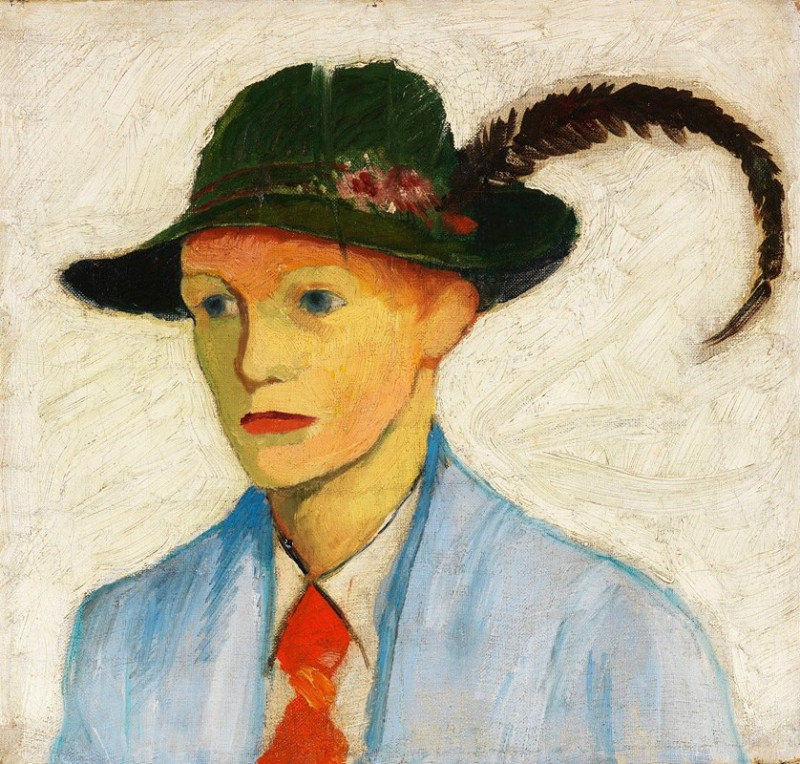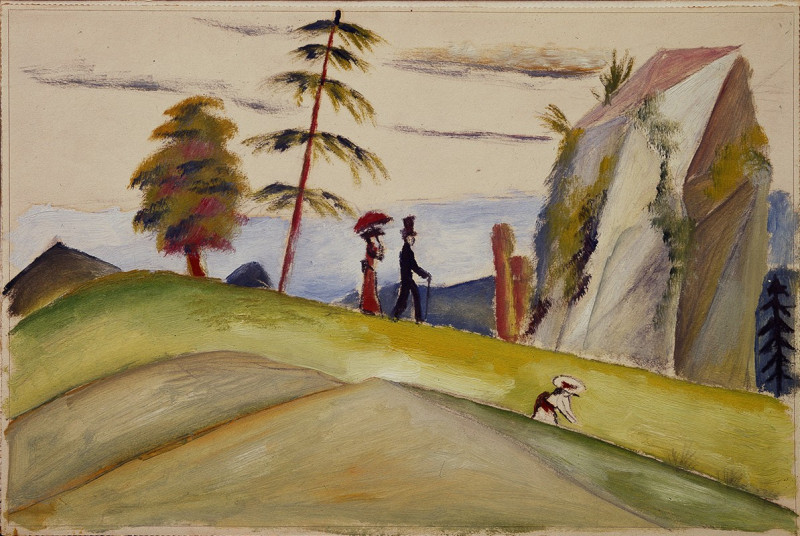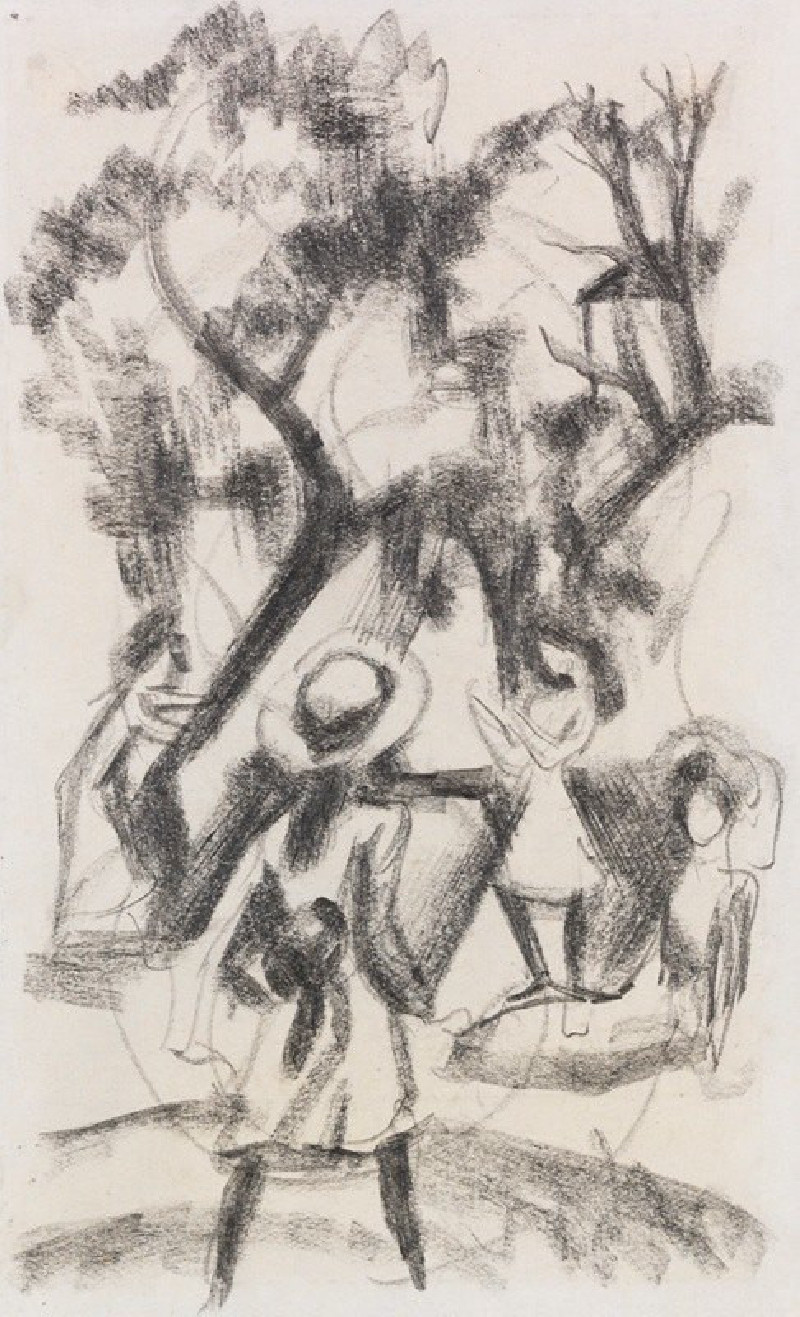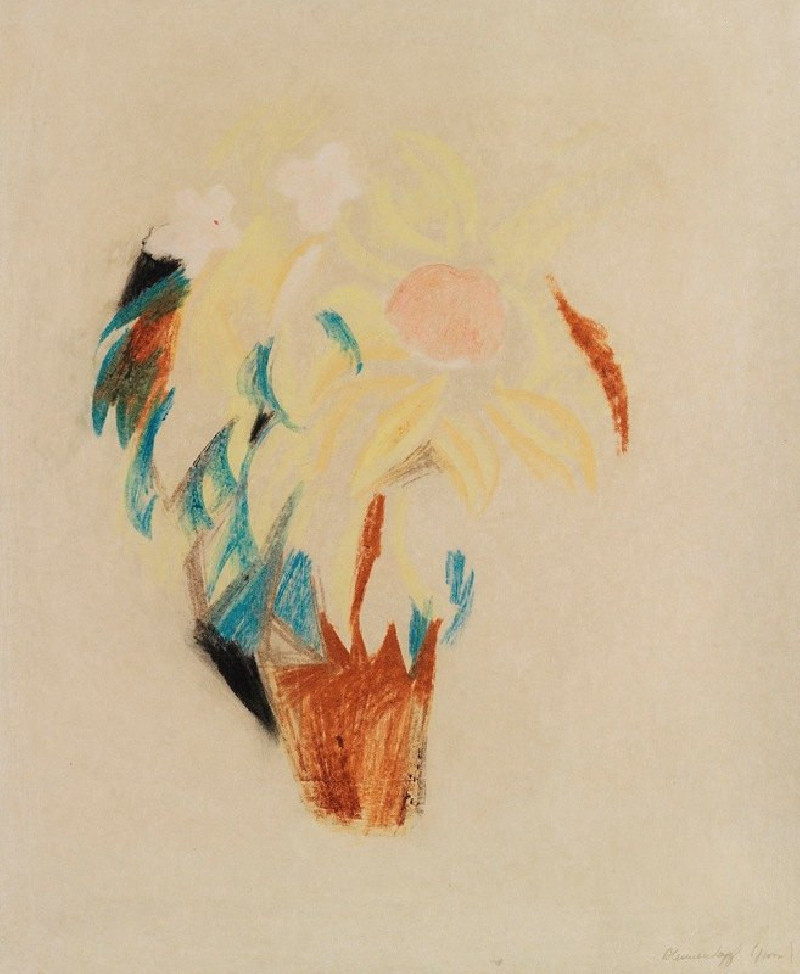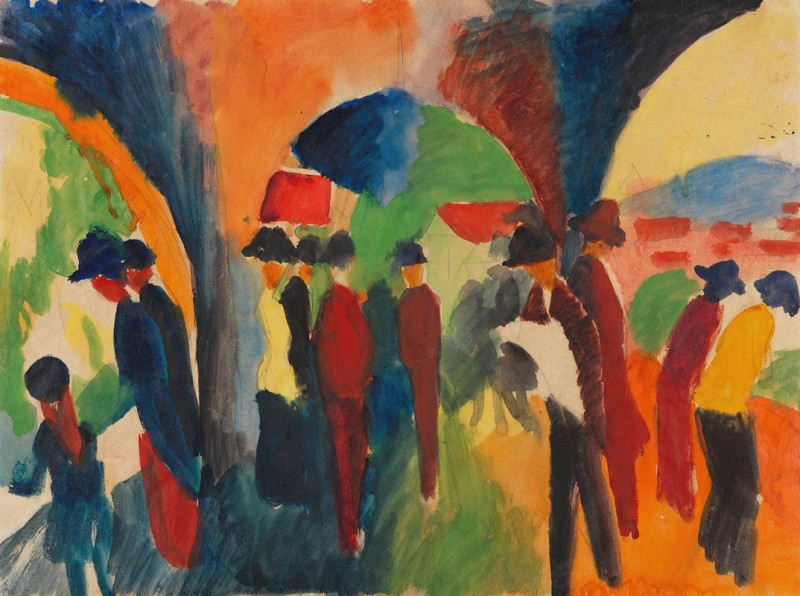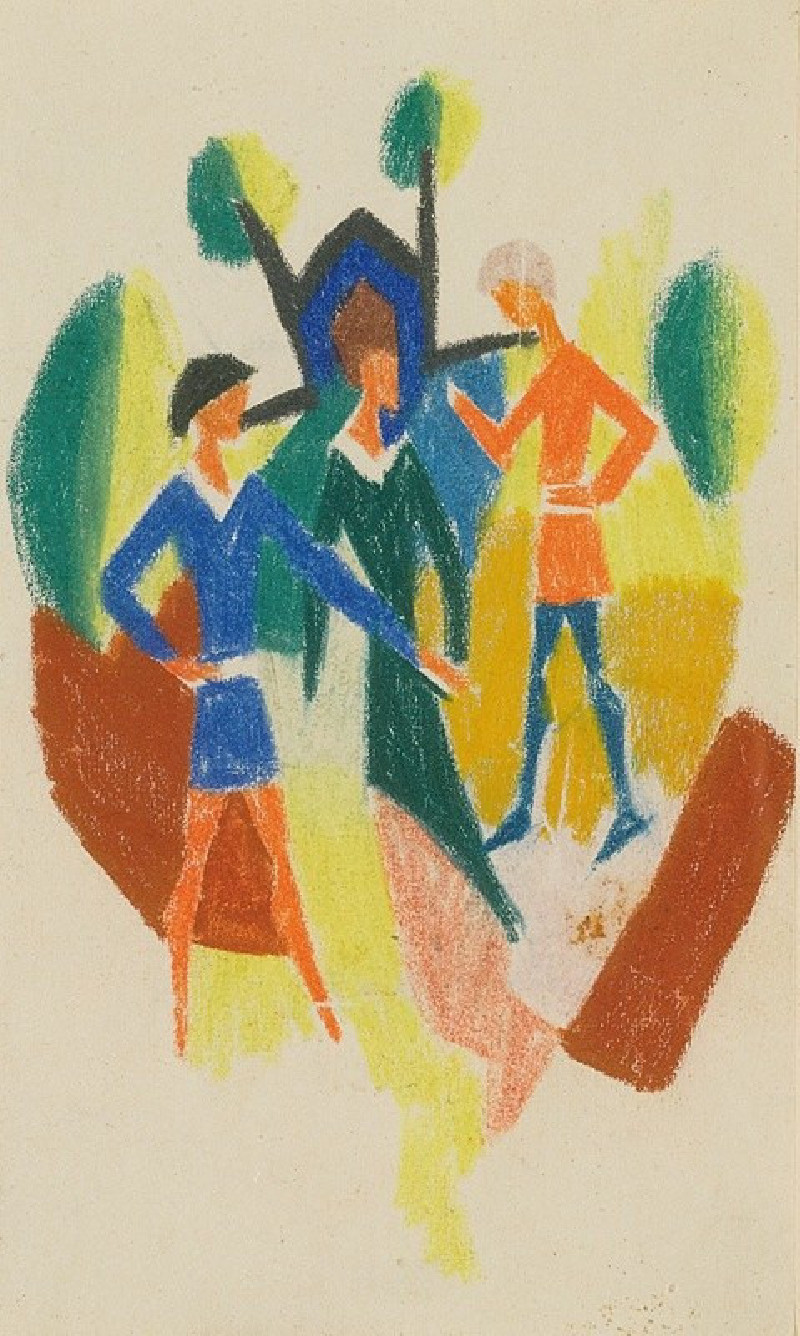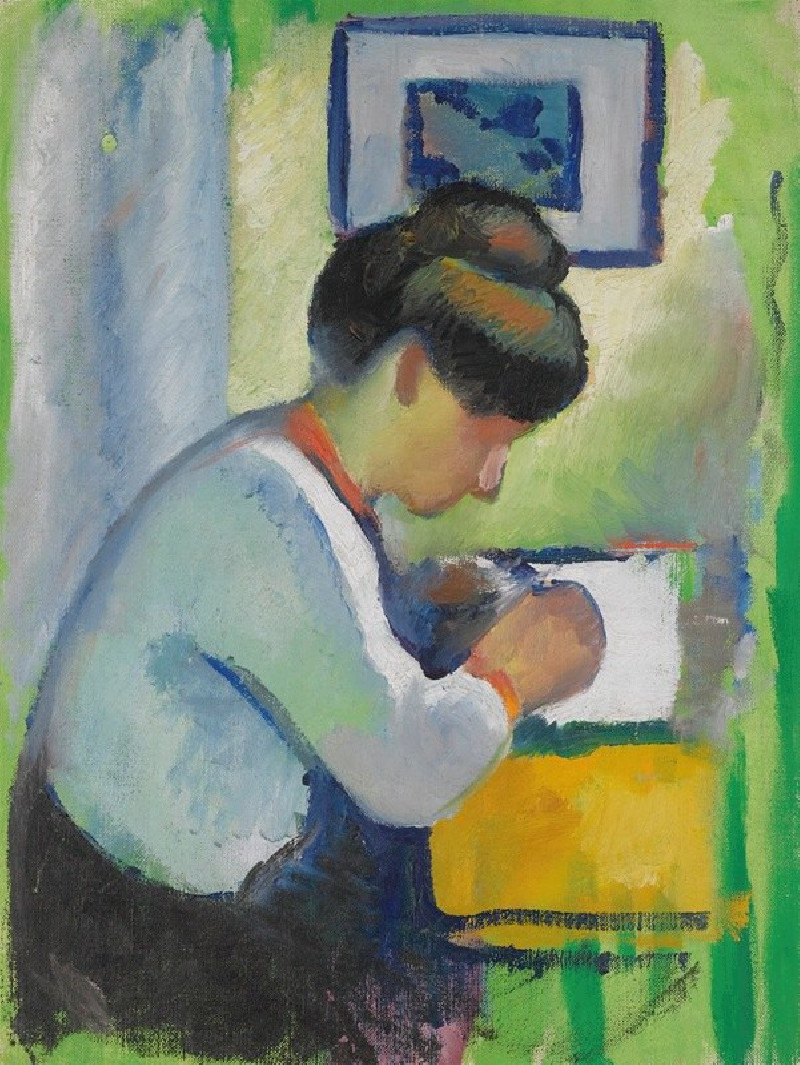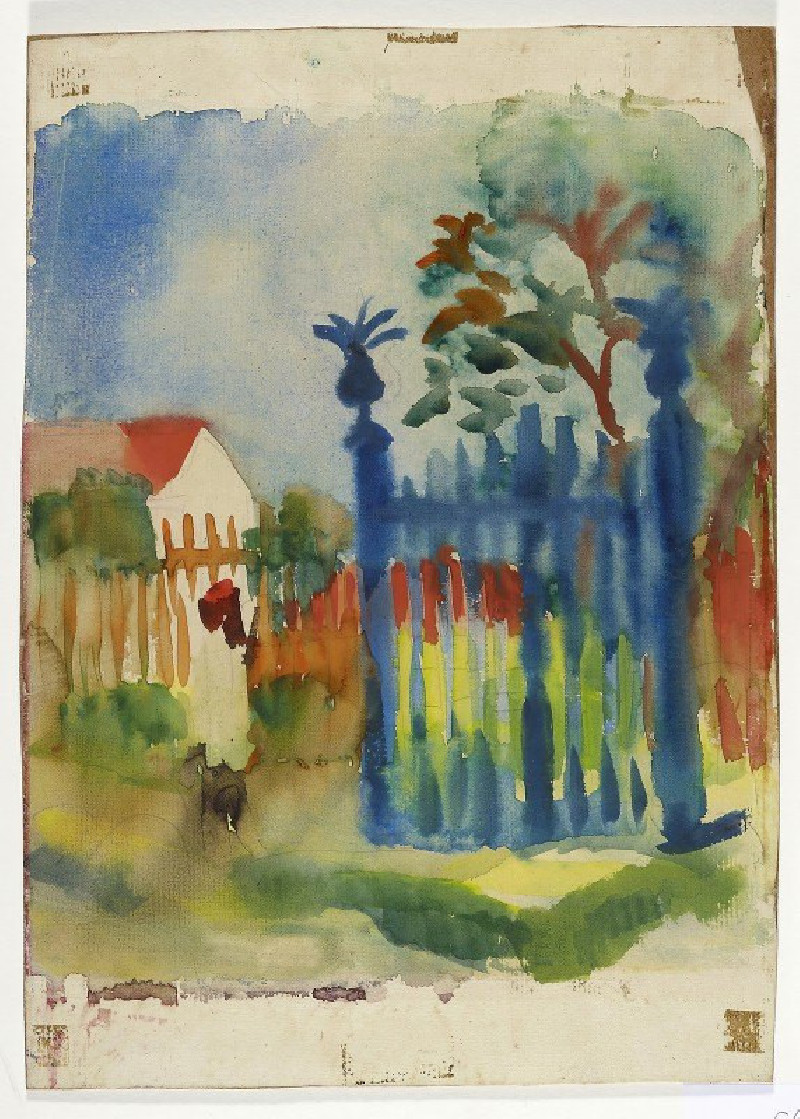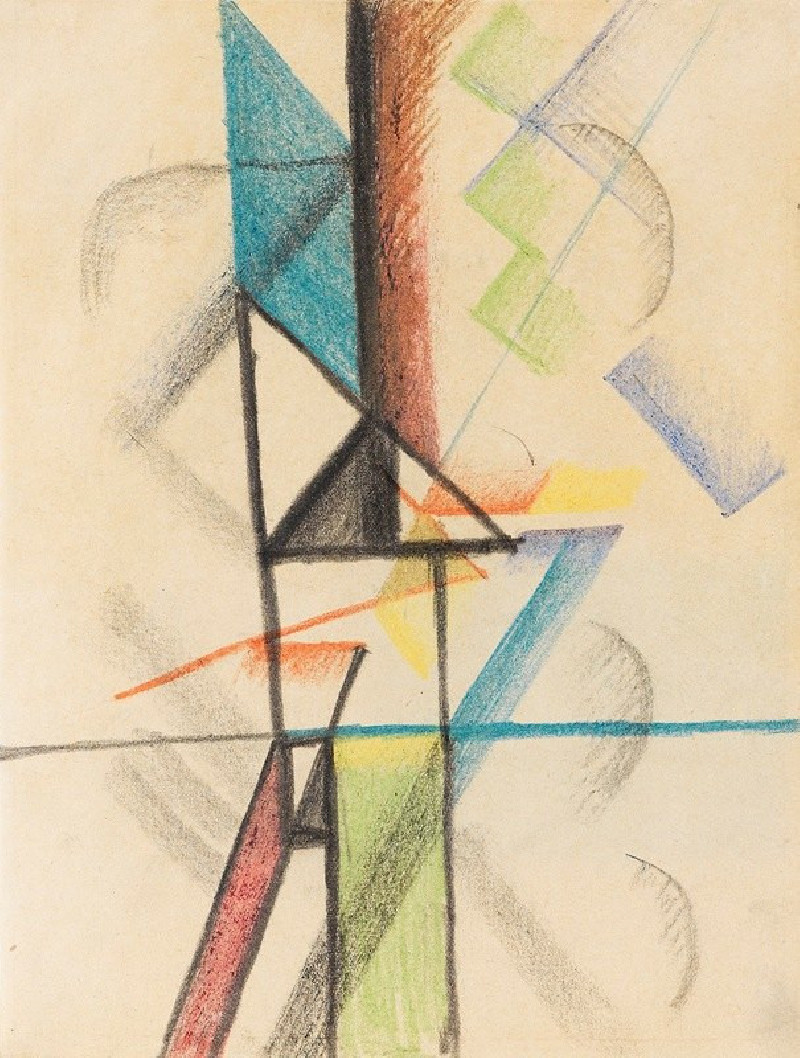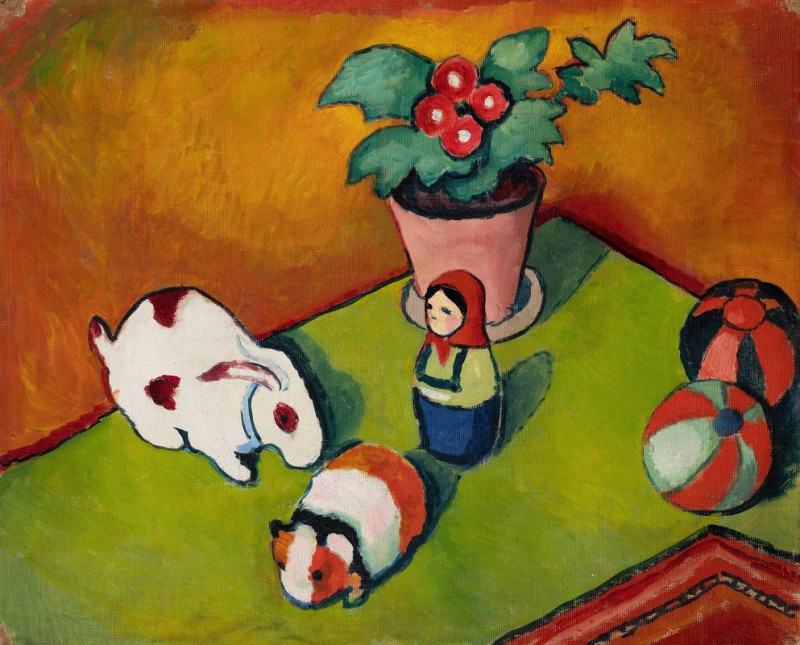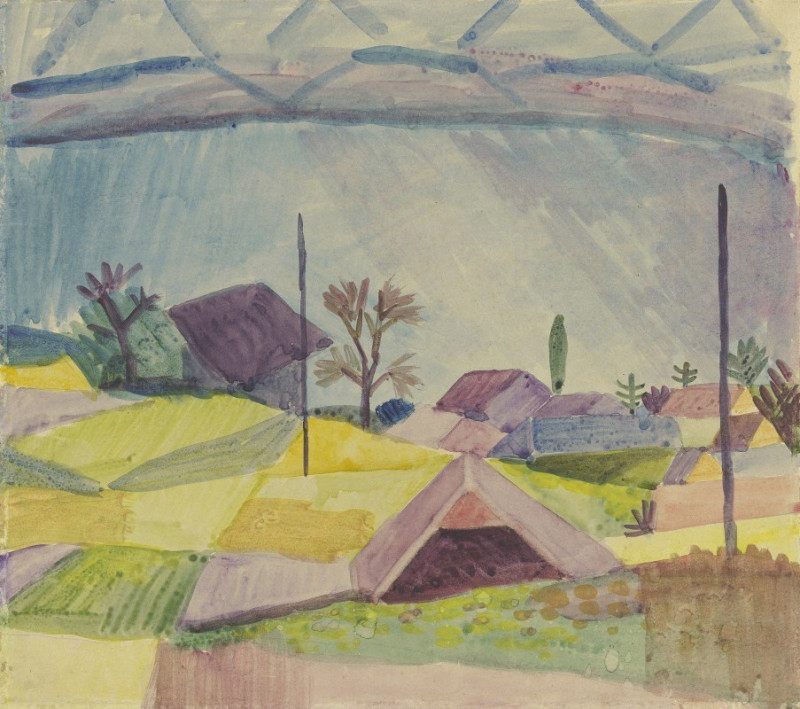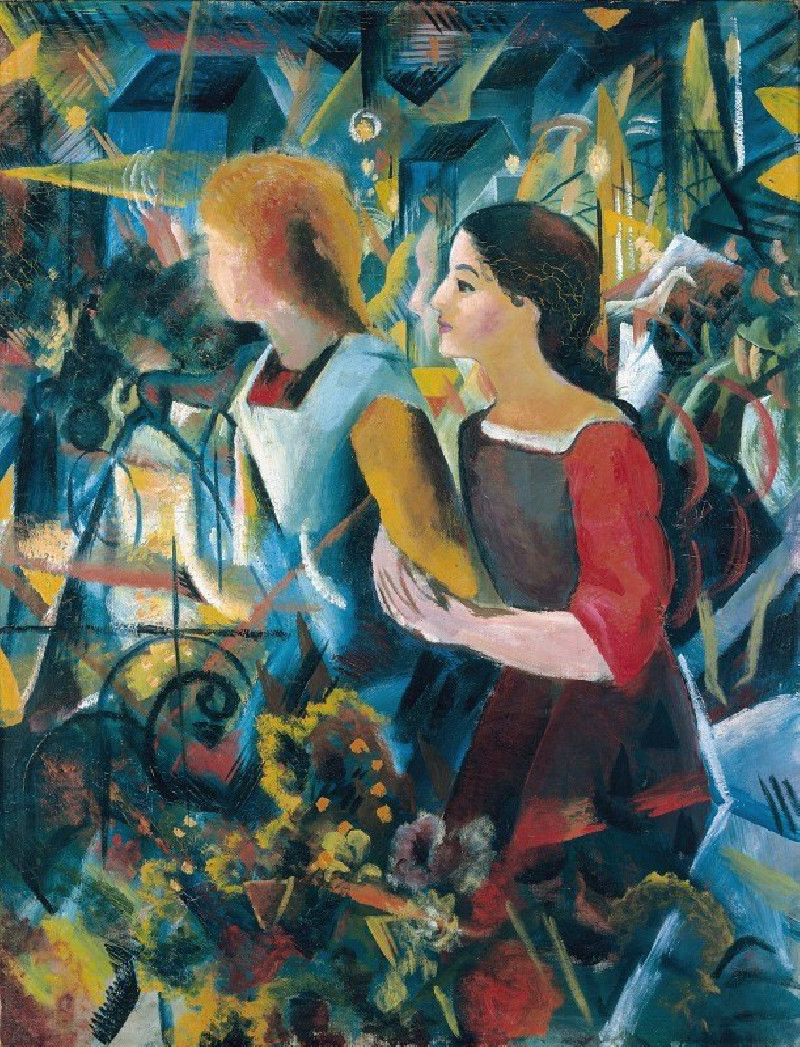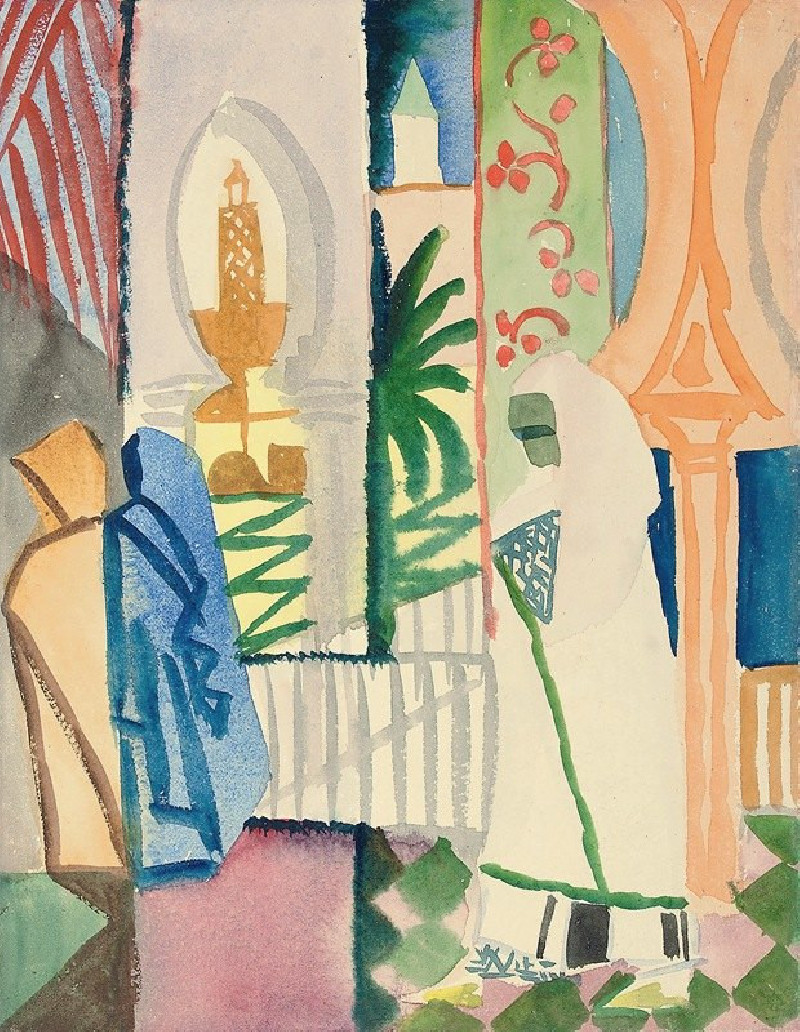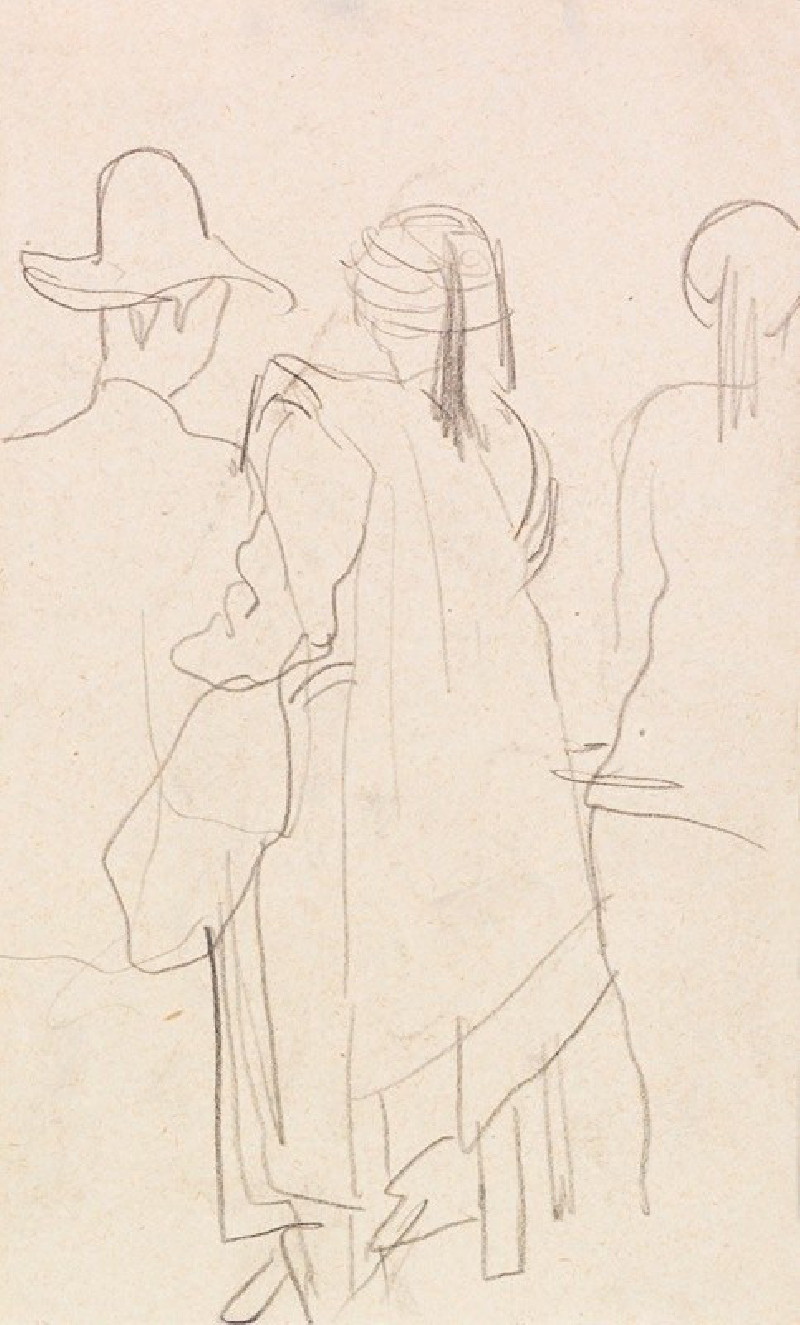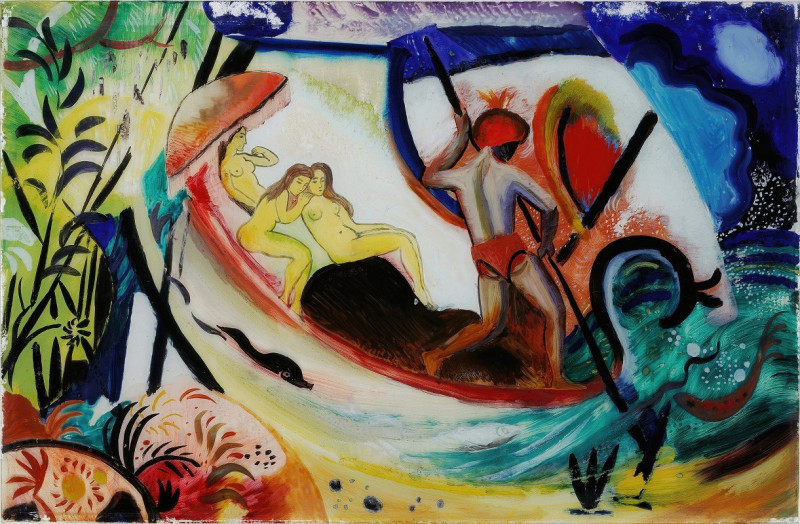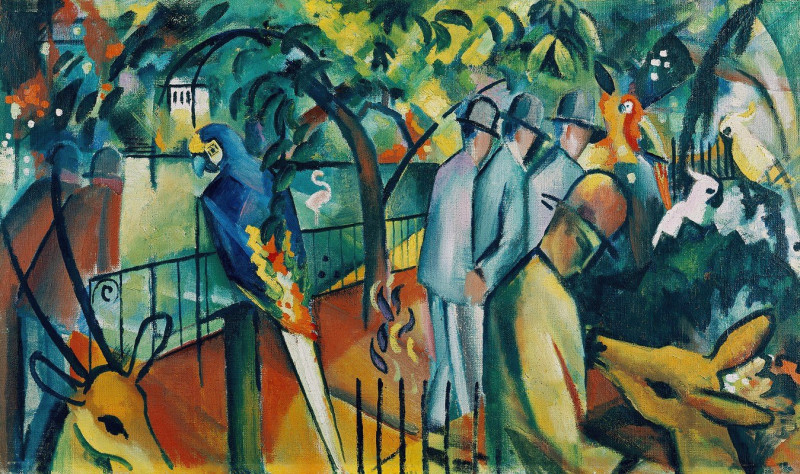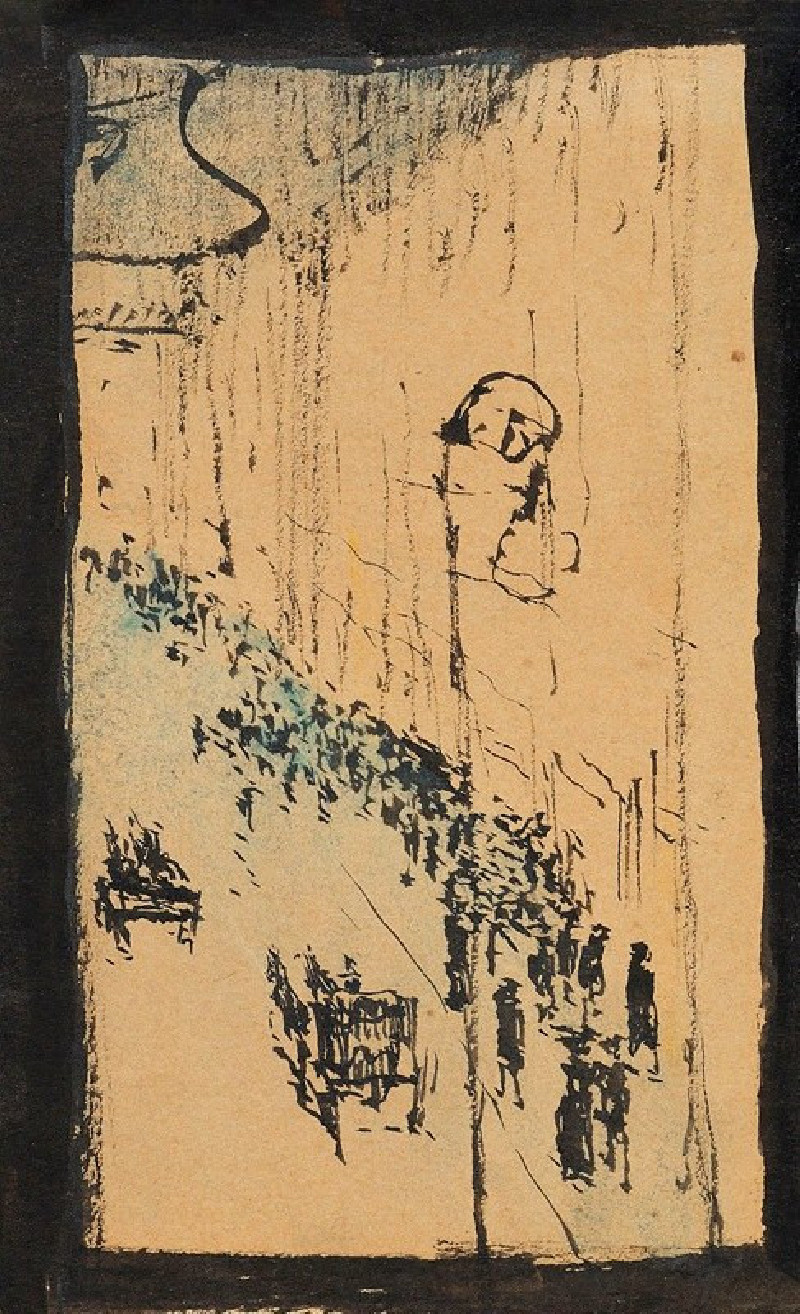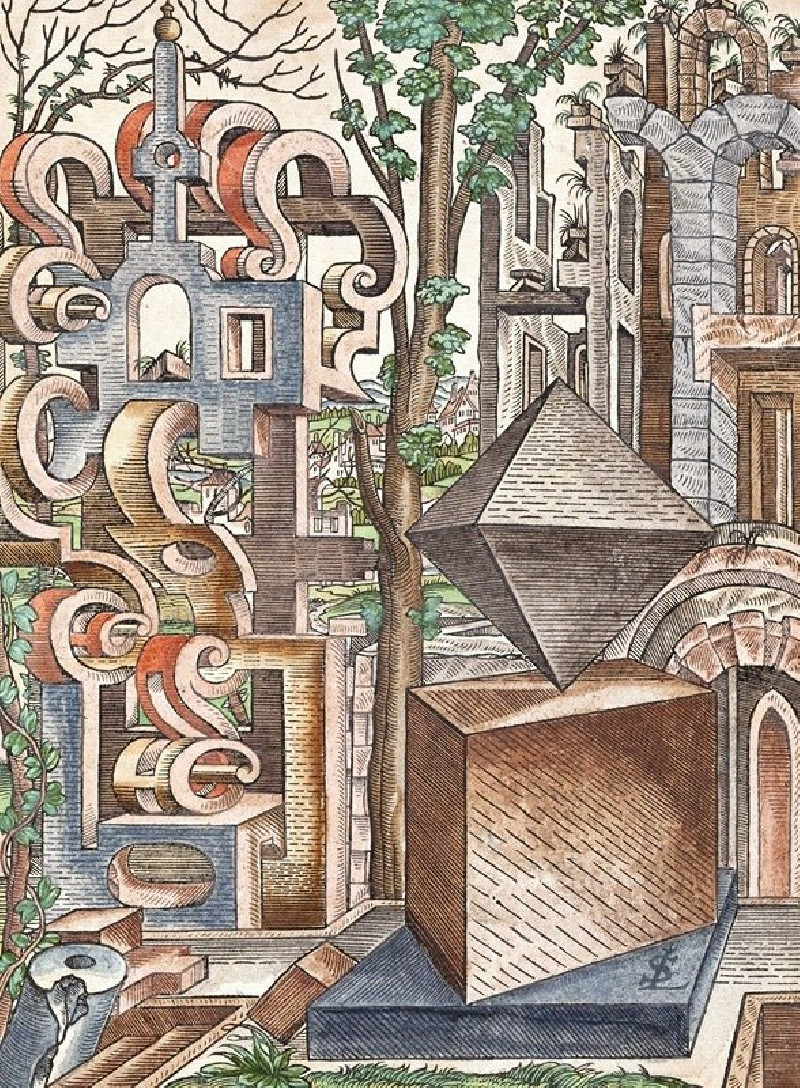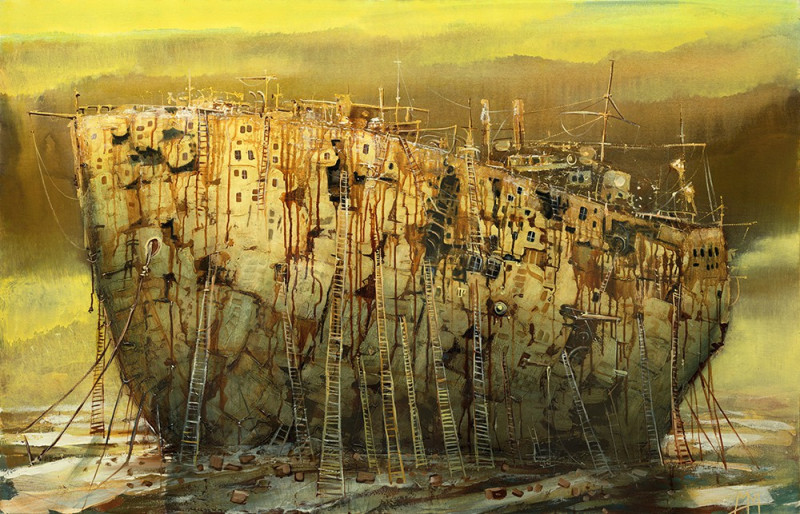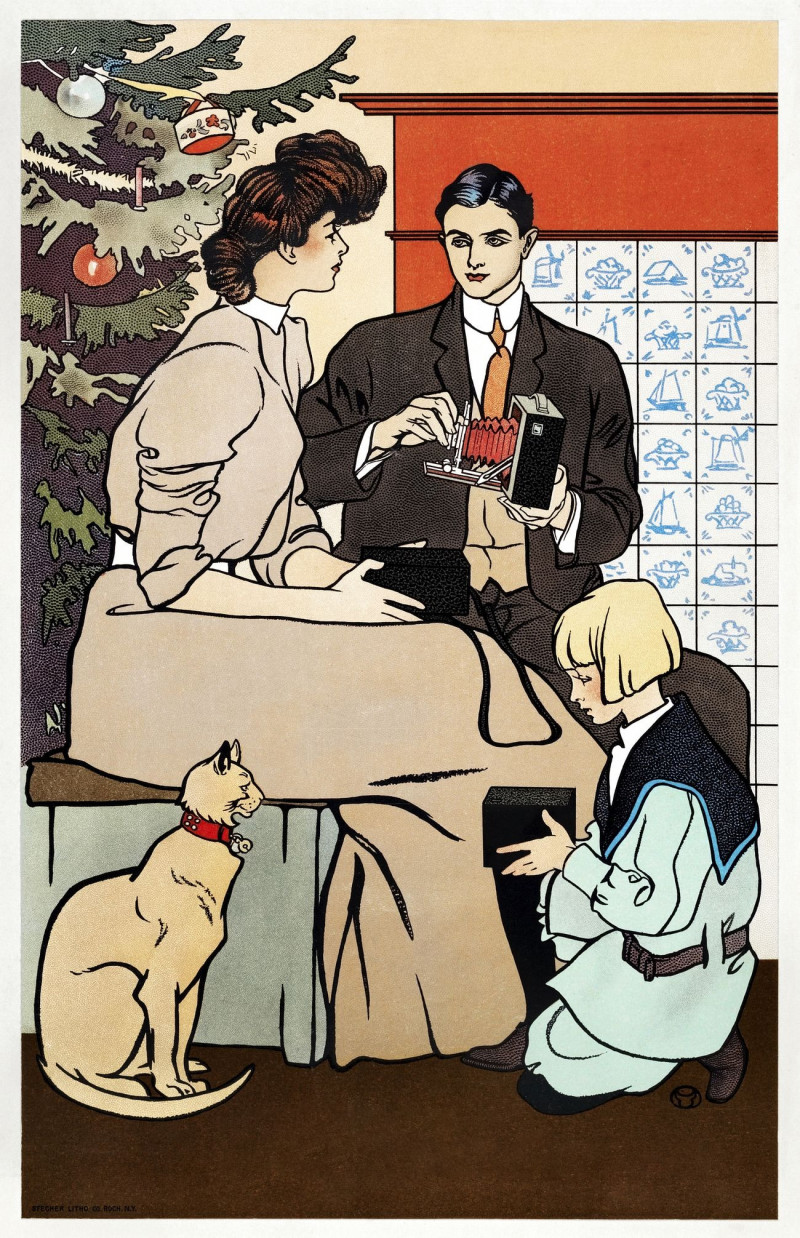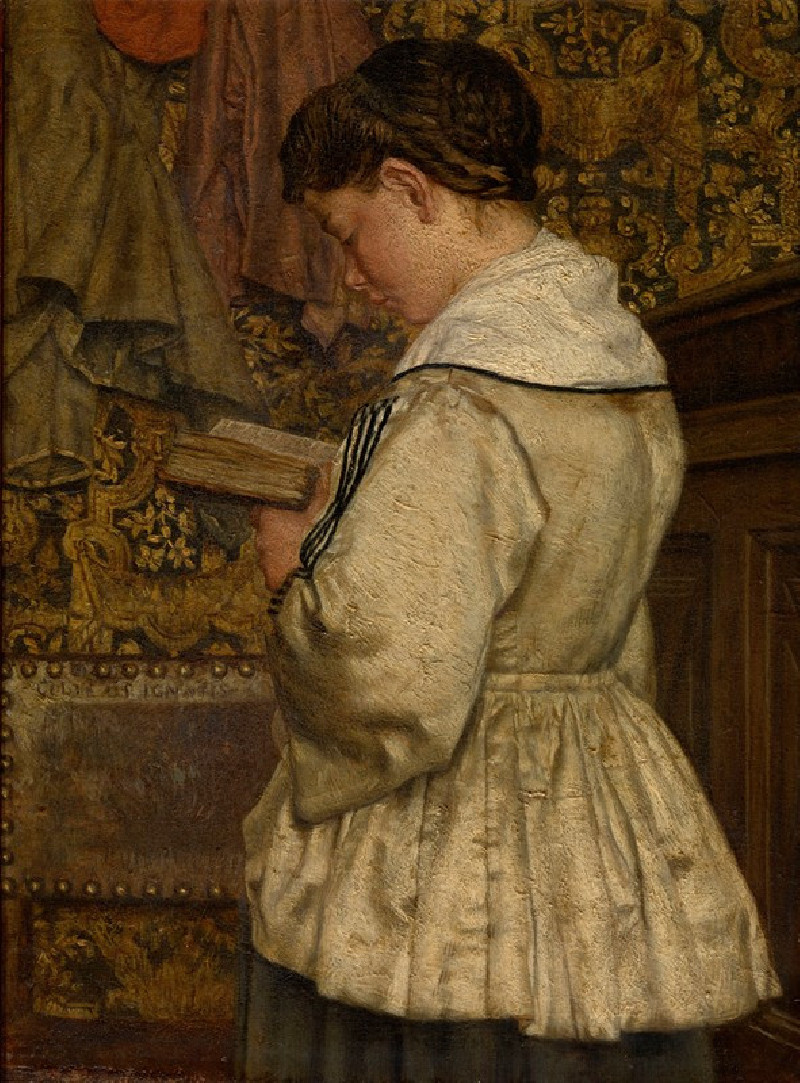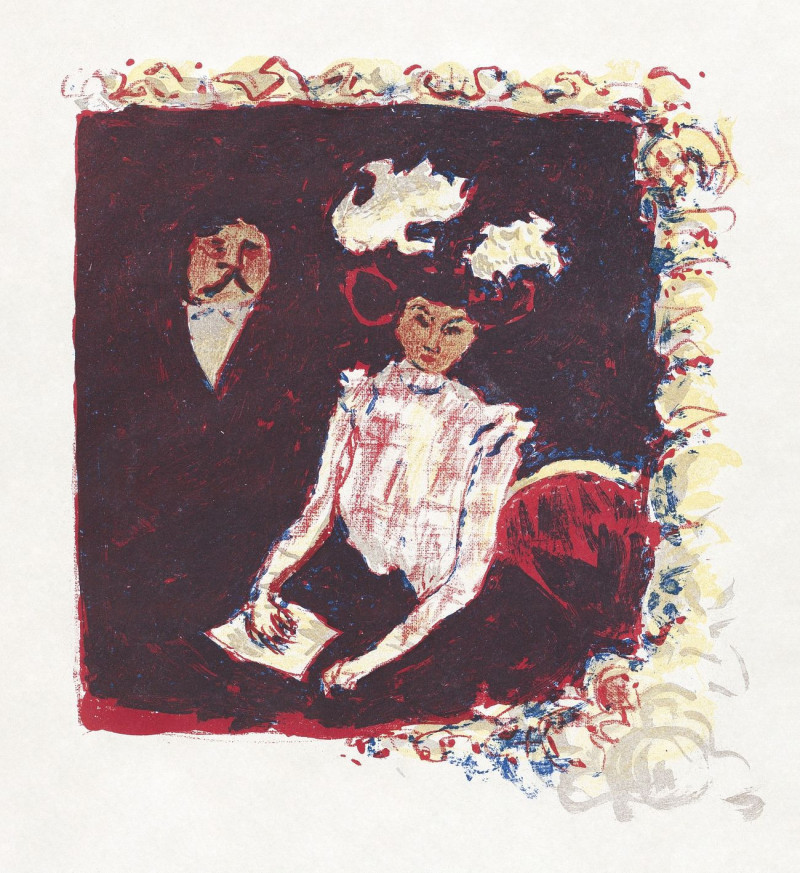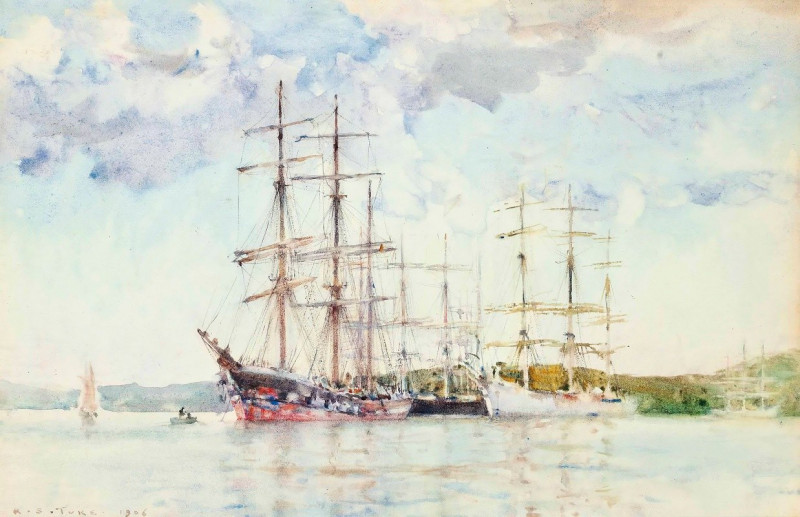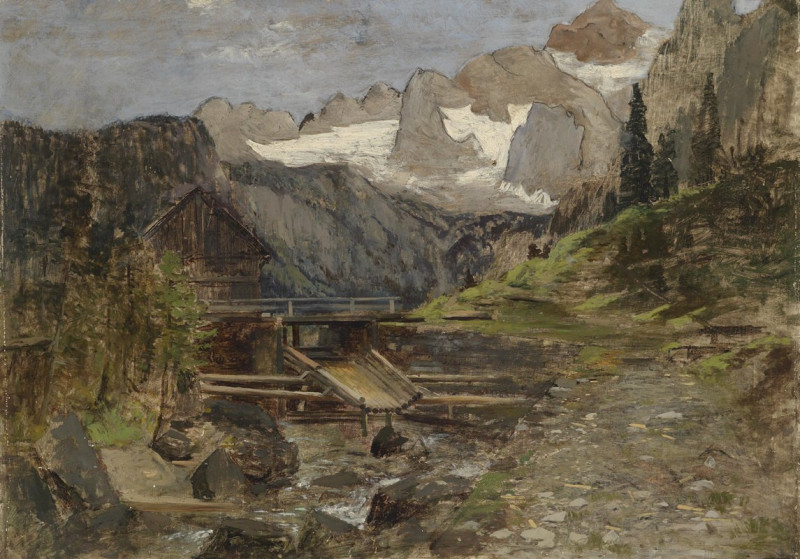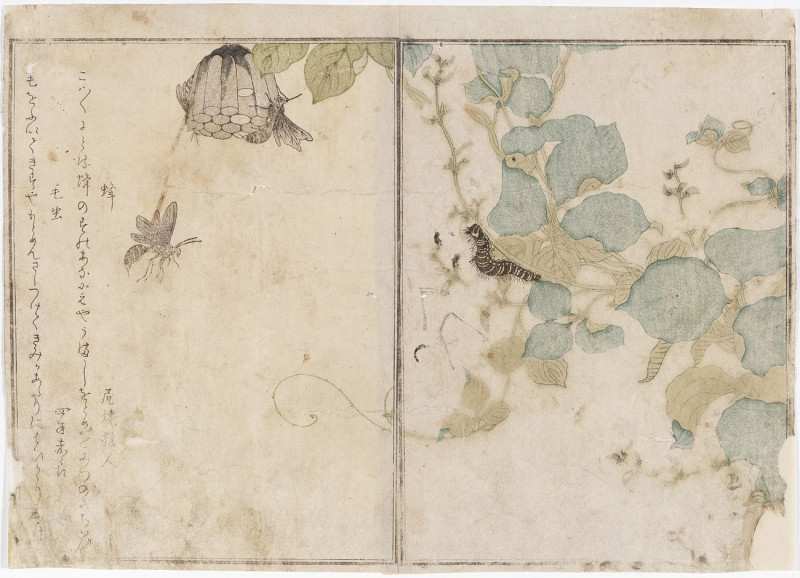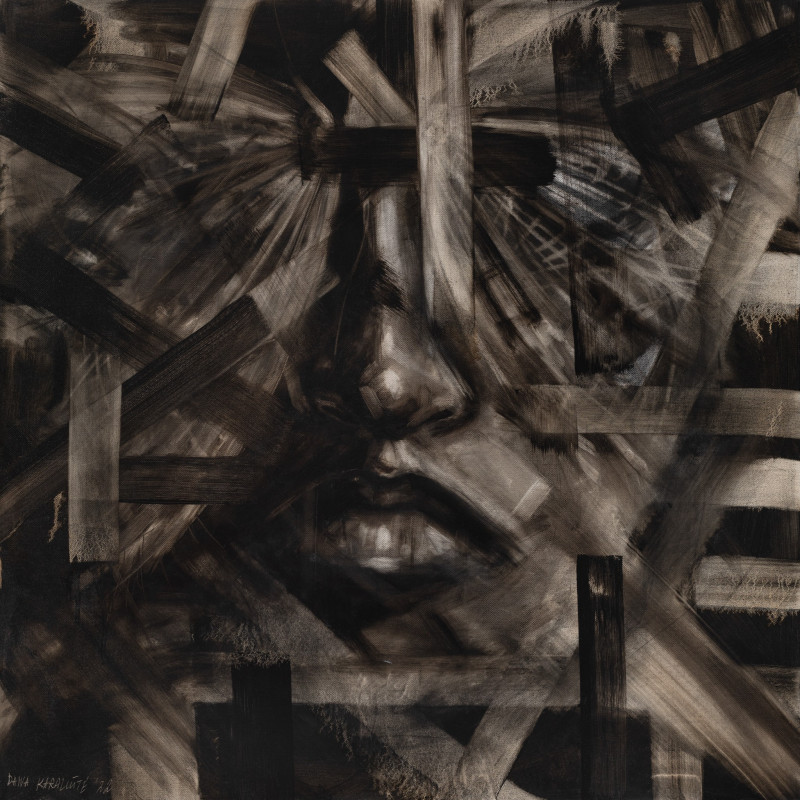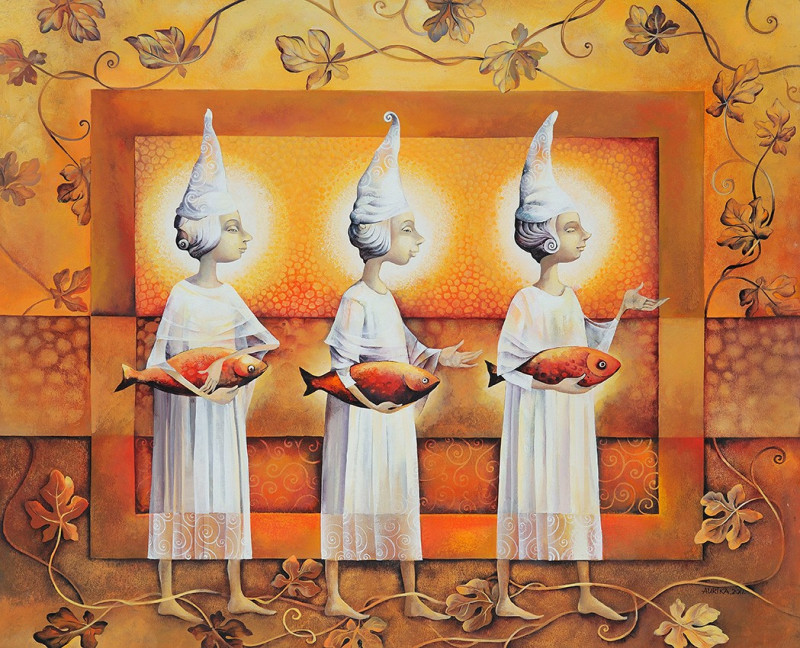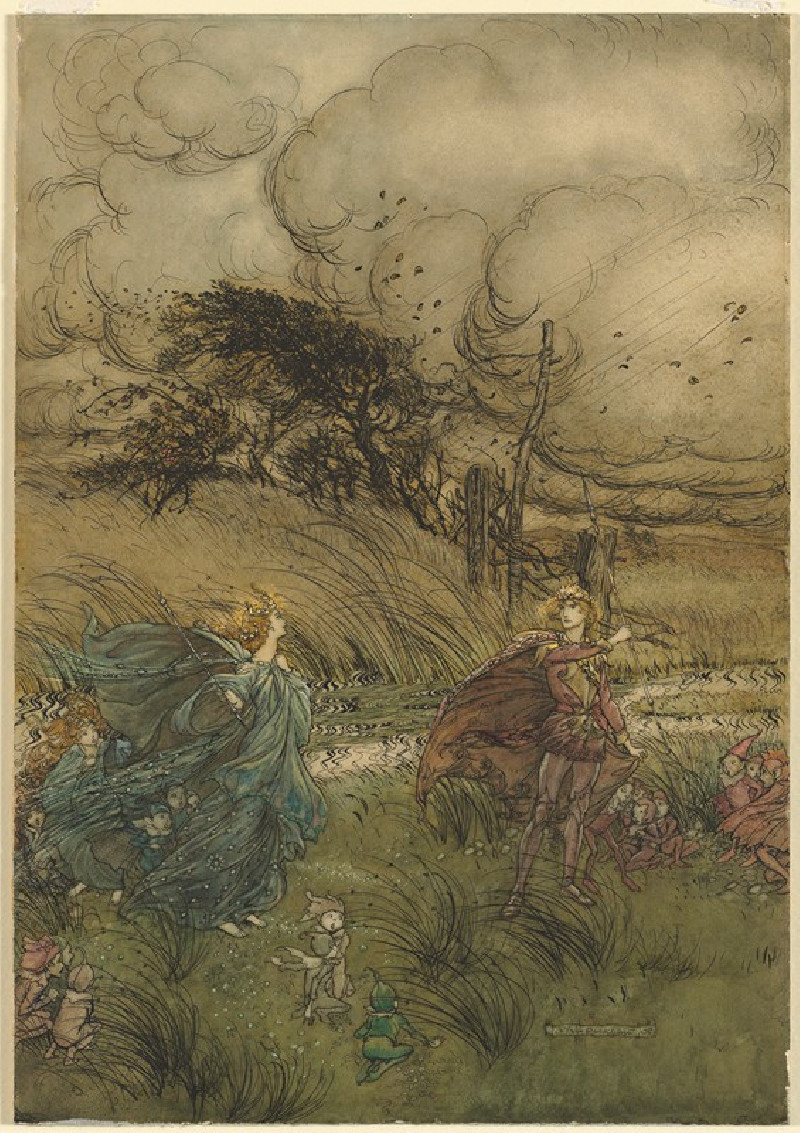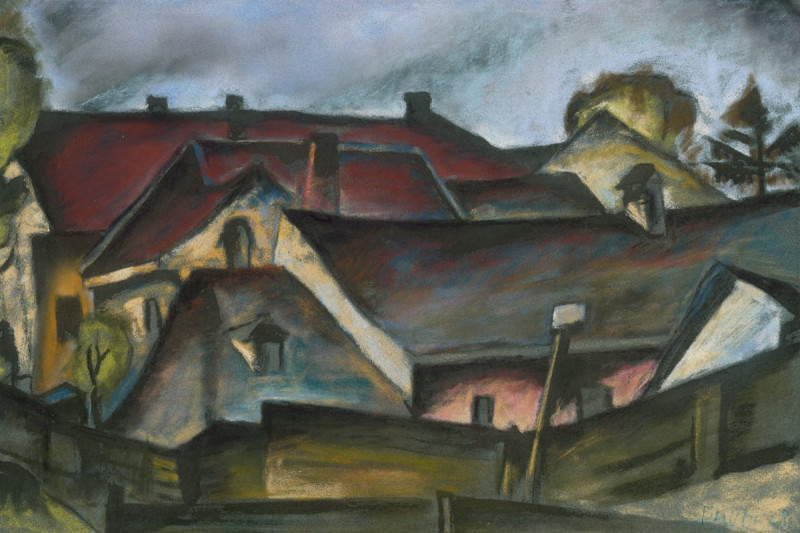Satirical figure on the Blue Rider (1913)
Technique: Giclée quality print
Recommended by our customers
More about this artwork
Welcome to an exploration of August Macke's captivating creation, "Satirical Figure on the Blue Rider" (1913), a painting that exemplifies the dynamic and vibrant essence of early 20th-century expressionism. Macke, a master of color and form, delivers an artwork teeming with energy, movement, and a harmonious cacophony of hues.At first glance, the painting presents a flurry of abstract shapes and intense colors. The composition, rich with overlapping forms and intersecting lines, creates a sense of depth and interaction among the elements within. Central to the artwork is a whimsical, somewhat satirical figure that appears to be riding across this tumultuous background, possibly a nod to the Blue Rider movement, which valued the spiritual and expressive power of art.The figure, distinctly outlined with bold, confident strokes, adds a narrative element to the otherwise abstract backdrop. Its portrayal in a simplified, almost cartoonish style contrasts with the swirling, complex environment, perhaps suggesting a commentary on the nature of the artist in society or the role of creativity amidst chaos.The palette is a testament to Macke's skillful use of color to convey emotion and mood. Vivid reds, deep blues, and earthy greens coalesce, creating a lively and engaging visual experience that pulls the viewer’s eye across the canvas, discovering new details and forms with each pass."Satirical Figure on the Blue Rider" is not only a visual feast but also an intellectual puzzle, inviting interpretations that delve into the realms of artistic expression, societal roles, and the eternal dialogue between order and disorder.
Delivery
Returns
August Macke (3 January 1887 – 26 September 1914) was a German Expressionist painter. He was one of the leading members of the German Expressionist group Der Blaue Reiter (The Blue Rider). He lived during a particularly innovative time for German art: he saw the development of the main German Expressionist movements as well as the arrival of the successive avant-garde movements which were forming in the rest of Europe. Like a true artist of his time, Macke knew how to integrate into his painting the elements of the avant-garde which most interested him.


